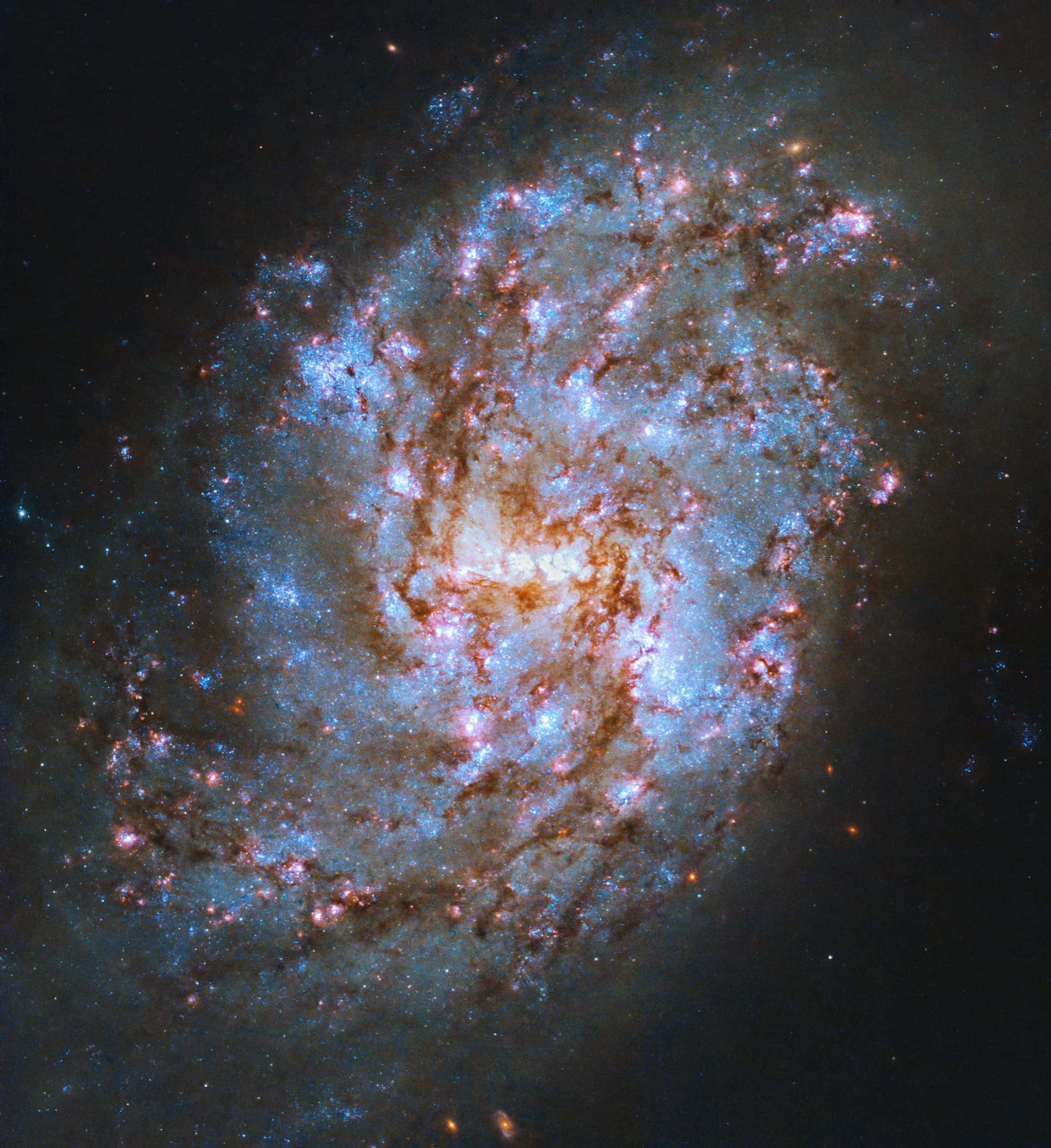This captivating Hubble Space Telescope picture offers a glimpse into NGC 1087, a spiral galaxy situated in the Cetus constellation, released during NASA’s Hubble Galaxy Week from October 2 to October 7. Named after the mythical Greek sea monster, this portion of the sky is also home to the popular Aquarius and Pisces constellations.

A mesmerizing Hubble Space Telescope picture has unveiled the distant serpentine galaxy, showcasing its whirling arms adorned with fresh and ancient stars
The Hubble Space Telescope picture highlights the fractured tendrils of crimson light, revealing the presence of cold molecular gas, the essential building block from which stars are born and evolve over epochs. In contrast, the azure regions harbor sizzling stars that emerged in the distant past, with many suspected to be the rare and highly volatile Wolf-Rayet stars. Notably, NGC 1087 boasts a lone star that underwent a supernova explosion in August 1995, coinciding with a momentary surge in the galaxy’s luminosity.
The most striking feature of NGC 1087 is its luminous white bar nestled within its meandering gas pathways. This intriguing bar holds intriguing hints of nascent stars, making it a compelling subject for astronomers to investigate. While resembling the central bar of our Milky Way, it is comparatively shorter.
Our Milky Way’s unique position makes it challenging to precisely gauge the size and shape of its central bar
Therefore, galaxies like NGC 1087, which exhibit similar characteristics, are invaluable subjects for observation. NGC 1087 graces our skies just south of the celestial equator, rendering it visible from both the northern and southern hemispheres.
Astronomers rely on Hubble, launched into Earth‘s orbit in 1990, to explore various aspects of the cosmos, including the fate of gas pockets following the formation of stars, among numerous other research endeavors. This stunning Hubble Space Telescope picture of NGC 1087 adds to our ever-expanding understanding of the universe’s celestial wonders.
READ ALSO: NASA Artemis 2 Mission: Astronauts Set To Return To Lunar Orbit After 50 Years




